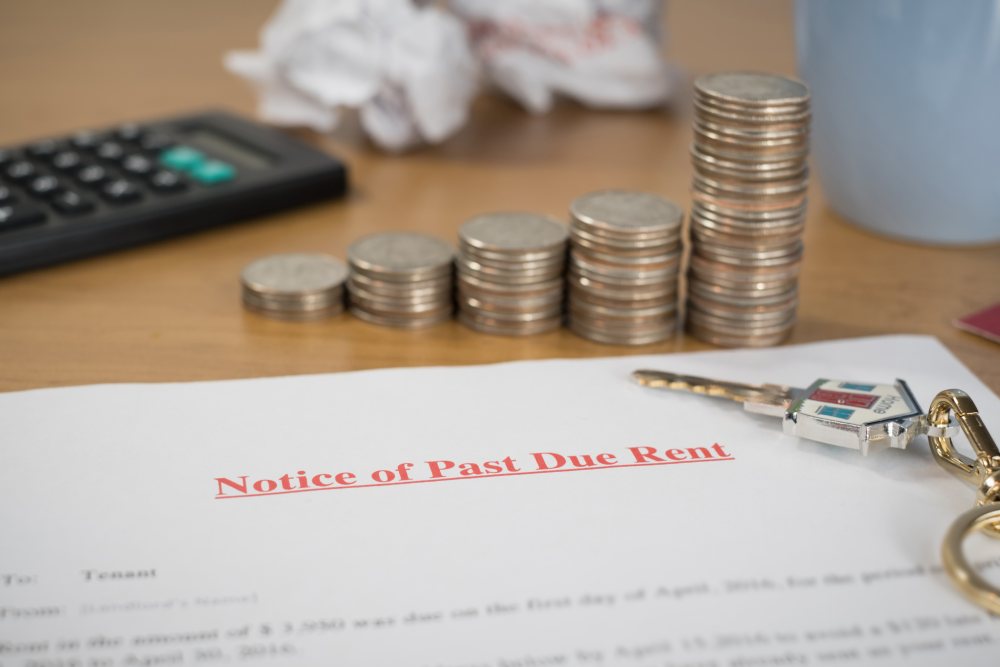Late rent payments are on the rise. U.S. landlords are reporting a troubling trend: on-time rent payments have fallen year-over-year for 25 consecutive months, leaving many property owners scrambling to cover mortgages, taxes, and upkeep.
Only 85.2% of renters are paying rent on time, disrupting cash flow and adding stress to busy landlords managing expenses, according to a report from Chandan Economics.
In August 2025, there was a modest rebound: the on-time payment rate in independently operated rental units rose by 34 basis points (bps) to reach 83.2%. That’s an improvement, but it’s still far below pre-pandemic performance levels. The forecast full-payment rate also ticked up to 93.3%, suggesting some recovery from post-pandemic lows.
Performance varies widely across regions and property types. Western states continue to lead the nation in on-time payments, with Montana, South Dakota, Hawaii, and Wyoming posting the strongest tenant reliability. By property size, 2–4-family rentals recorded the highest on-time rate in August at 83.8%, outperforming larger multifamily properties.
Even with these bright spots, the broader picture is clear: late rent payments are becoming the norm. For landlords, this means careful tenant screening is more important than ever.
1. Understand the Bigger Picture: Late Fee Patterns Are Tough to Shake
According to the Consumer Financial Protection Bureau (CFPB), the portion of renters incurring a late fee rose from just over 15% in September 2021 to a high of 23% in February 2023—before easing back to around 13.8% by November 2024.
And once someone falls behind on rent payments, they often stay behind: data from the CFPB shows that about 42% of renters who incur a late fee do so again the following month, and nearly 30% remain delinquent five months later.
2. Digital Payments Are Dominating—but Late Payments Persist
Renters have embraced online payments in bulk—81.7% of rent payments in Q1 2025 were made online, up from 78.4% last year, according to TenantCloud. Still, 16% of renters paid rent late this quarter, with an average delay of around six days.
3. Independent Landlord Data: A Slight Rebound, But Still Down
For non-institutional rental units, on-time payment rates dipped year-over-year for 25 straight months—though there was a mild uptick in August 2025 to 83.2% on-time payment, a 34-basis-point improvement, according to the Chandan Economics report.
But that’s still well below previous performance levels, signaling that tenant financial stress remains widespread.
Why These Numbers Matter for Landlords
- Digital convenience doesn’t eliminate late payments—renting online may be easy, but financial strain still causes delays.
- Late payments often compound—catching one doesn’t mean you’re out of the woods.
- Month-to-month rental income is fragile—even small dips affect mortgage payments, taxes, maintenance, and investment planning.
4 Smart, Actionable Steps to Strengthen Your Screening Process
Here are four ways landlords can put data into action and protect their rental income—and how ZipReports plays a critical role:
Step 1: Scrutinize Payment Histories
Beyond credit scores, request rental payment history to spot repeat late payments—data shows that once a tenant falls behind, they often stay behind. Consumer Financial Protection Bureau
Step 2: Confirm Income Reliability
Require comprehensive income documentation (e.g., pay stubs, tax returns, employer letters) to ensure rent is within applicants’ means and reduce likelihood of late payments.
Step 3: Lean on Rental References
Direct conversations with former landlords are often the best predictor. Ask specifically about punctuality, balances due, and communication—real-world insight goes a long way.
Step 4: Use Comprehensive, FCRA-Compliant Screening Tools
Skip fragmented data—use a trusted, full-service tool like ZipReports to garner actionable insights, including:
- Credit history
- Rental payment performance
- Employment verification
- Existing or past evictions
- Landlord references (where available)
ZipReports gives you the full context before signing leases—reducing risk and preserving cash flow.






